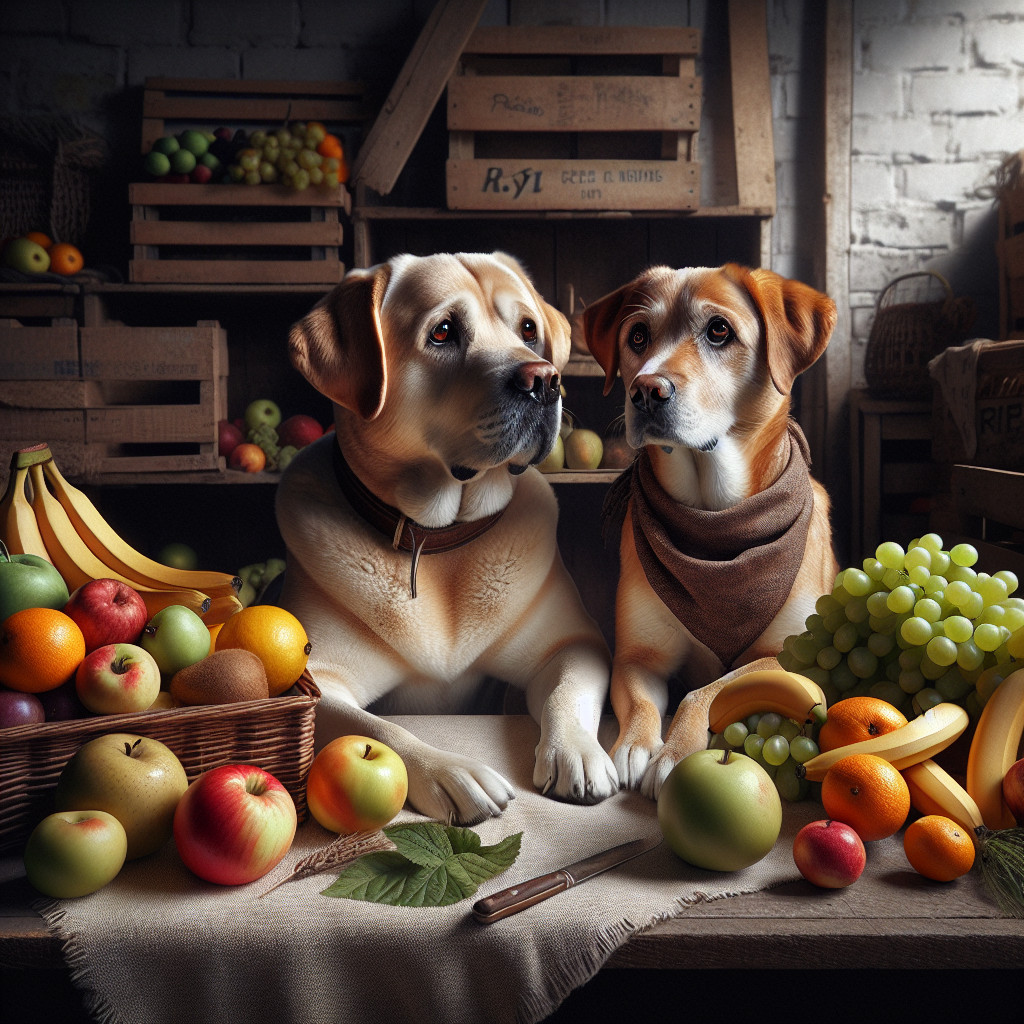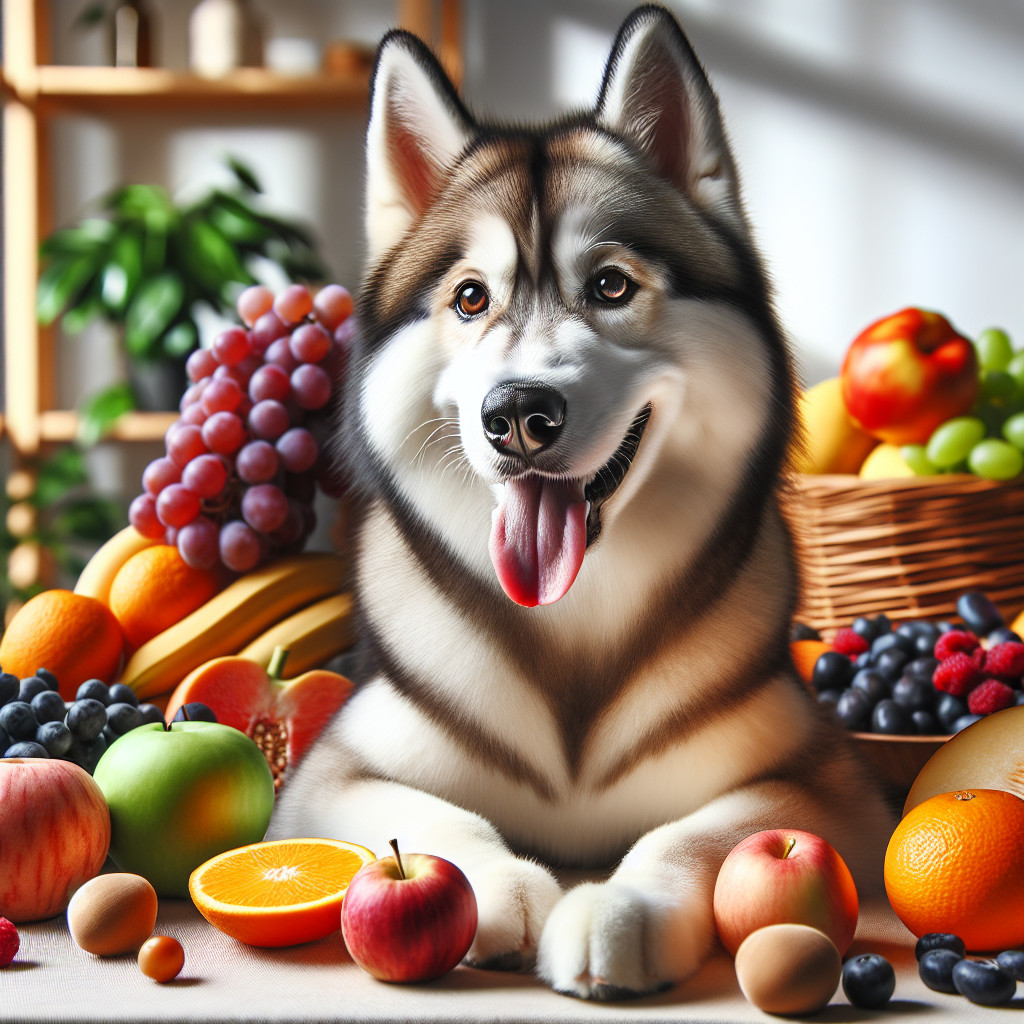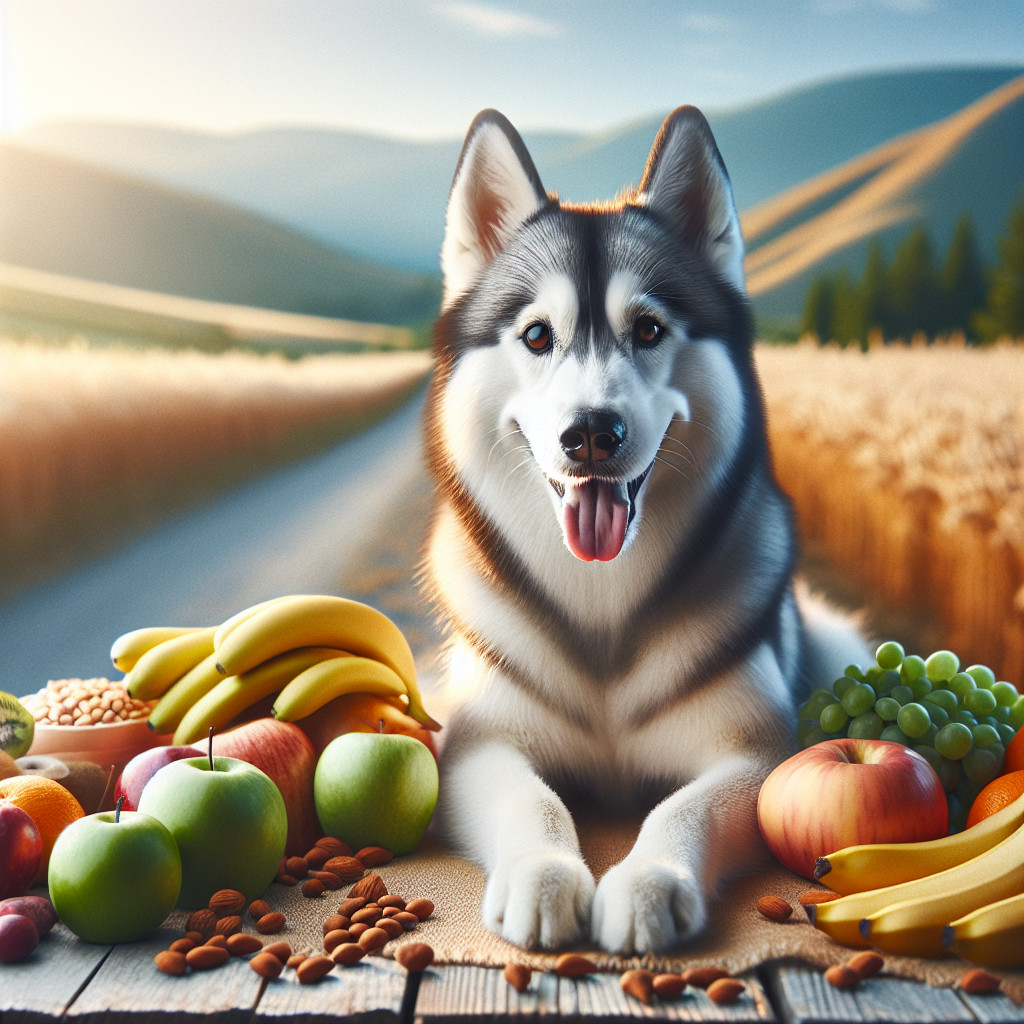
Here are 15 puppy training tips that will help you do much better than 95% of puppy owners.
Having dogs for 11 years, I have gained enough knowledge about puppy training that I wanted to share with new puppy owners.
Here’s a list of tips for training your puppy:
#1: Set House Rules
#2: Start Training Early
#3: Name Your Dog Wisely
#4: Don’t Overuse Your Dog Name
#5: Use Your Puppy’s Meals for Training
#6: Build the Drive for Food and Toys
#7: Avoid Table Scraps
#8: Socialize Your Puppy
#9: Resist the Urge to Scold
#10: Reward the Good Behavior
#11: Train in Short Session
#12: Practice Training Everywhere
#13: Teach Your Puppy It’s Okay to Be Alone
#14: Be Consistent
#15: Be Patient and Set Realistic Expectations
If you’re interested in learning about the best puppy training tips, keep reading. These tips are very interesting and important to know for puppies owners, especially first-time owners.
Table of Contents
Toggle#1: Set House Rules
Before you get yourself a puppy, you need to decide what they’re allowed to do and what they aren’t. For example, Is he allowed in the bed? Is he allowed in some regions of the house?
Also, it would be best to make rules for what time you will feed him, take him out for walks, etc.
Deciding these rules before getting a puppy will help avoid unnecessary confusion for you and the puppy.
#2: Start Training Early
You should start training your puppy as soon as he first opens his eyes and can walk. Puppies eight months old can understand simple commands like “sit” and “stay.”
As he starts to grow, you can gradually increase the complexity of training.
The first thing you’re going to do is finish the communication gap between you and your pup. And that you can do by gaining the focus of your puppy by teaching him to respond to his name.
You can teach him to respond to his name by calling your pup’s name, and the second your puppy looks you in the eye, you will reward him by giving him some healthy dog treats.
Once your puppy learns to respond to his name by focusing on you, it will have a ripple effect down the road.
Training your puppy as soon as possible will also develop more good behaviors in him and avoid some common behavior issues.
A puppy that is not exercised and trained daily is left to find their source of happiness in activities that are not liked by owners, such as chewing on their dog bed or other expensive furniture.
#3: Name Your Dog Wisely
Take your time naming your puppy, and don’t rush the process because a name sticks with the dog for a lifetime.
Choose a name that is fun and meaningful but at the same time easy to pronounce and understand.
Dogs respond well to short names ending with a hard consonant. As a result, dog names like Cooper, Jackie, and Ginger excite puppy ears.
Whatever you name your pup, be sure that the name is fun and pleasant. And avoid scary and negative names like Butcher, Killer, Lucifer, etc.
If you need some inspiration for puppies’ names, here is a list of dog names for male and female dogs.
#4: Don’t Overuse Your Dog Name
Your dog’s name is a cue to get his attention. And attention is the foundation of many behaviors such as loose leash walking, recall, etc.
When you say the dog’s name all the time, the cue gets less effective, and sometime it will not work at all as a “look at me” cue.
So, if you want to get your dog’s attention immediately, don’t use the name all the time.
#5: Use Your Puppy’s Meals for Training
Your puppy’s daily meals are great opportunities for training. In addition, meals are handy resources to form a bond and a connection with your pup.
Instead of putting the food on the floor, give it directly to him as a reward through your hands.
Doing this for five to ten minutes every day will lead to faster results.
#6: Build the Drive for Food and Toys
The outside environment is very distracting to puppies. Everything is new for them, and there is always something going around. It is challenging to gain their attention in such environments.
So, if you want to attain your pup’s attention span, you need to build the drive for food or toys in him.
You can increase the drive for food or toys in your puppy by making these things more exciting and fun.
For example, you can give food to your puppy in a Kong as it will make it challenging for the dog to get the food out of it.
You can also wiggle a toy and let your pup chase that toy; you can tease him with it or throw the toy away, so he can go and fetch it.
This will help you train your dog in all environments and help drain your pup’s energy in an enriching way.
A puppy resting from an exhausting exercise or training will have no time to build bad behaviors.
#7: Avoid Table Scraps
You might find it cute when you’re at your dinner table, and your puppy begs for your food. You might be tempted to give your puppy food from your plate, BUT it is not recommended. It can lead to bad behaviors when they grow up.
For example, when your puppy grows into an adult dog, your dinner guest might not like your dog hovering over their plate. Even worse, they can feed poisonous foods like grapes to them.
Table scraps can also lead to health problems like weight gain, which can further lead to many other problems.
I already have an article on Can Dogs Eat Human Food. Read it if you’re interested in learning more about why it is not recommended to feed table scraps to your dog.
#8: Socialize Your Puppy
It is essential to socialize your puppy when he is still young. And it is incredibly crucial for breeds with protective nature such as the Akitas, Cane Corso, Dogo Argentino, etc.
Take your puppy out to experience new people, animals, places, and situations.
If your puppy lacks proper socialization, he will be more prone to fear, aggression, and excessive barking.
#9: Resist the Urge to Scold
There will be times when you have the urge to scold your puppy for their bad behavior. But don’t scold your puppy; instead, remove your attention from him or redirect him to do something else.
For example, in behavior like nipping, remove your attention(voice, eye contact, touch) for a moment and then give it back when the puppy does something acceptable and desired, like a polite sit.
That way, you’re punishing his bad behavior in a gentle but powerful way and rewarding his good behavior by giving back attention to him.
Just removing your attention won’t solve the problem for behaviors like chewing electrical cords. In this situation, you need to interrupt and redirect him to chew something good, for example, a toy.
#10: Reward the Good Behavior
Puppies are encouraged when they’re praised or rewarded for their good behavior. As a result, they’ll do more of what you want them to do.
Rewarding your dog will make the training a lot more fun and easy. In addition, the dog will have something to work for.
You can reward your puppy by verbally praising him or giving him healthy dog treats. But, keep the treats limited to 10 percent of total caloric intake.
Once your puppy starts to master the command, slowly reduce the amount of the treats so that he can have the confidence to perform the command on his own.
#11: Train in Short Session
Keep training sessions short as puppies don’t have very long attention spans. So try to train your puppy at intervals of five minutes.
Teach him one skill at a time, as focusing on multiple commands at a time will do no better but instead confuse him.
As mentioned above, reward him after the training session ends. So, your puppy is excited for the next training session.
#12: Practice Training Everywhere
If you want your puppy to follow your commands anywhere and in any environment. Then you need to train your dog in different places and not confine training to one specific room or corner in your home.
Different places have different distractions such as smells, noises, and surrounding situations. And you want to be sure that your dog gets comfortable with different environments so that he doesn’t shy away when you want him to fetch the ball in a new dog park.
Therefore, train your pup in different areas such as in the home’s front yard and backyard, surrounding neighborhood, woods, parks, or any other location where you visit with your dog.
#13: Teach Your Puppy It’s Okay to Be Alone
You might have a job and will not always be there to supervise your puppy. Therefore, it is essential to teach your puppy how to be alone and be fine.
Teaching this will be hard at first, but eventually, they’ll get used to it.
And, if you don’t teach your puppy how to be alone while he is still young will make things a lot worse later. For example, some dogs have separation anxiety if their owner is not around, and they can cause a lot of trouble such as excessive barking, chewing the sofas, etc.
Here’s are a few steps you can take:
- First, confine your puppy to a safe area, such as a crate while you’re still home.
- Quietly start walking out of the room while he is occupied.
- After a few minutes, return to the room and reward him with dog treats if he behaves well.
- Now repeat the same thing but come back to the room after a longer duration.
- Keep doing it and increase the duration until your puppy realizes it is okay to be alone.
If your puppy whines, do not let him out immediately, as he will associate this behavior with being let free, and he will do it every time he’s in the crate. Instead, start with short intervals of confinement, and do it until he is comfortable.
After some time, your puppy will be able to stay home without being confined while you’re gone.
You can also get your puppy a dog bed, as it can reduce separation anxiety.
#14: Be Consistent
Consistency is the key to successful training. Of course, you need to practice commands with your dog consistently, but you also need to be consistent with your approach.
For example, you have to show up for training no matter what your mood is or how tired you are.
If you stop training your dog, your dog will eventually forget what he already has learned. So never stop training your dog and be always consistent.
#15: Be Patient and Set Realistic Expectations
It is always good to set realistic expectations and be patient while training your puppy.
Do not expect too much from your puppy too soon.
Every puppy is different and will learn at a different pace. All puppies need patience and consistent training. Some puppies can take several months to be fully trained.
The Bottom Line
If you want your puppy to become an integral part of your family, you need to train him as early as possible. Puppies learn better when they’re young and full of energy.
Always be consistent with the training, and don’t get discouraged when your puppy is taking time to follow commands. They’ll become submissive to your commands slowly as time goes by.
Avoid scolding your puppy for bad behavior; instead, reward him for his good behavior. Puppies learn better and faster with positive reinforcement.
Relevant Articles:




